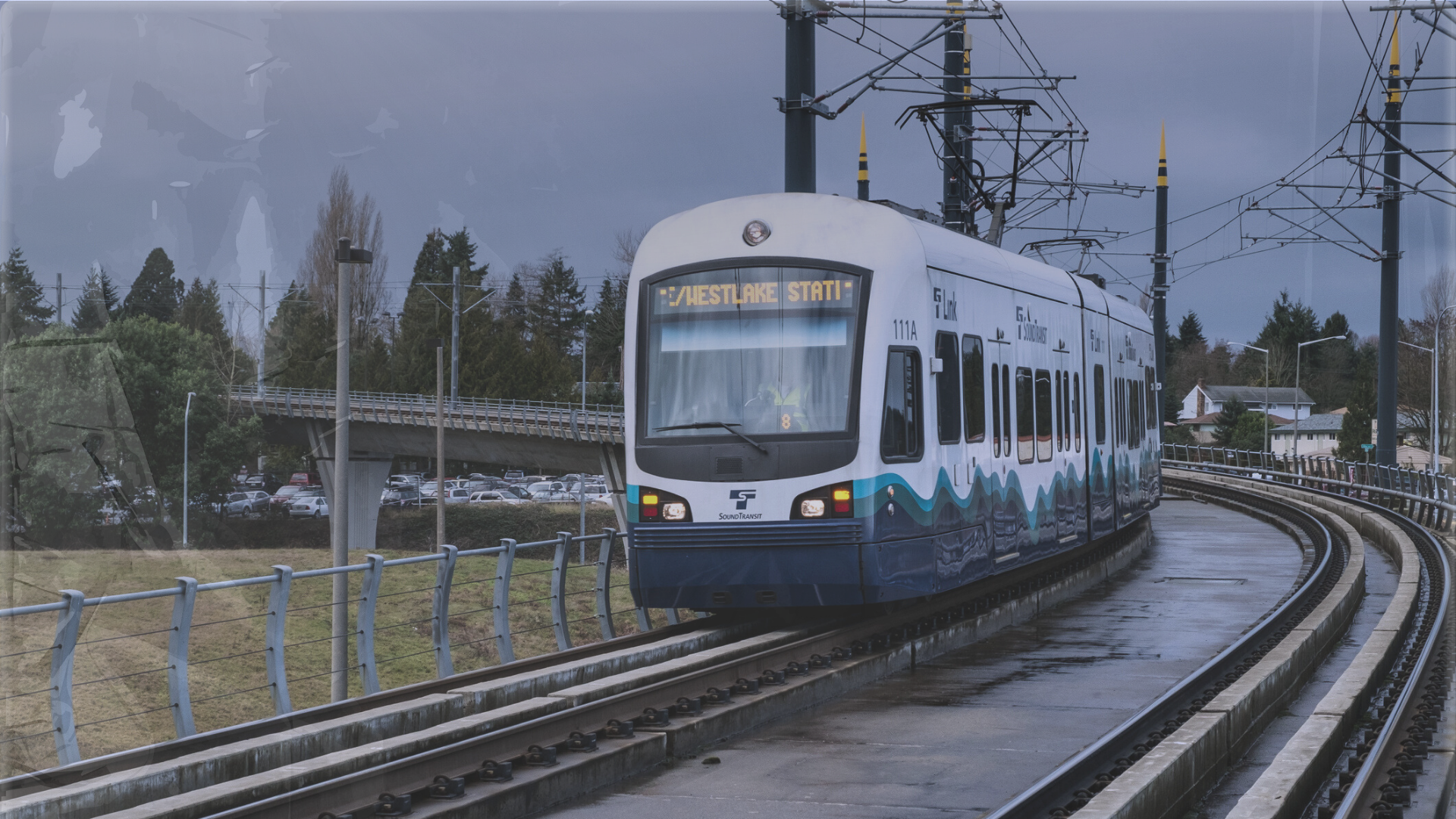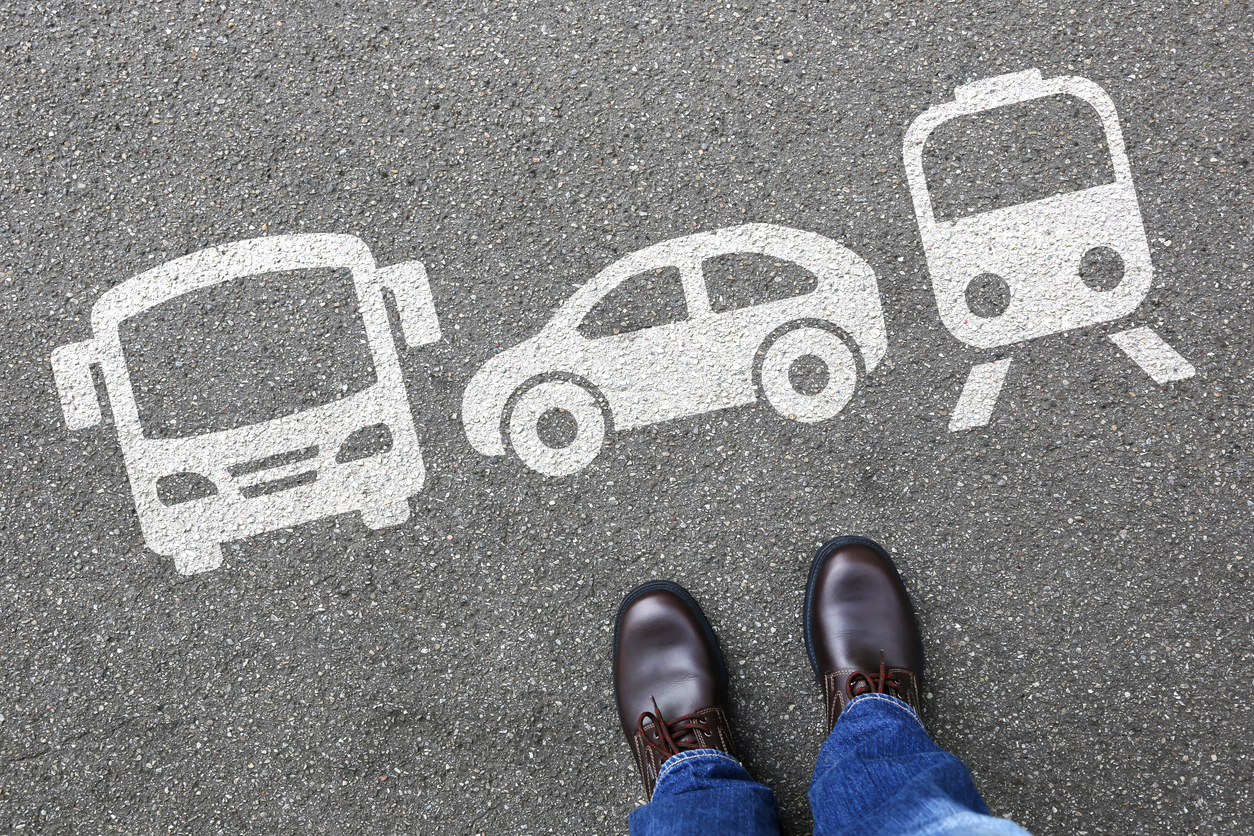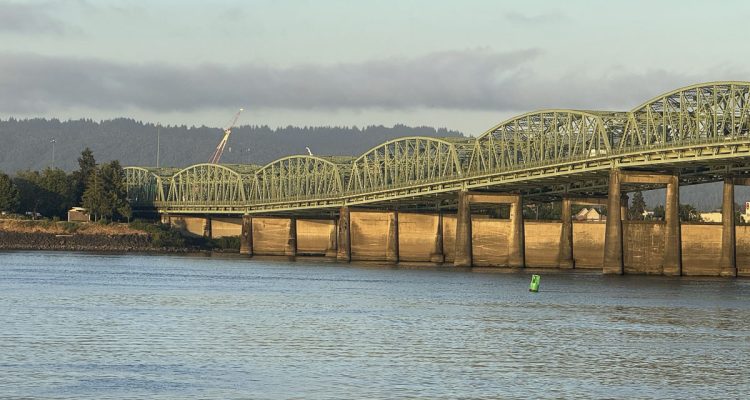Based on the performance of six West Coast light-rail systems, Vancouver policymakers can reasonably expect that a light-rail system here would require a large public subsidy, would not reduce traffic congestion, and would be extraordinarily inefficient when compared to existing transit across the bridge.
Ask Clark County residents what they think about light rail, and they will likely point to the 1995 vote in which nearly 70 percent rejected the concept. Ask some policymakers in Clark County what they think and they are likely to suggest light rail is the savior to Vancouver’s transportation issues.
Why do some policymakers and voters disagree?
Supporters claim a lot has changed in the 10 years. Vancouver’s population has nearly doubled and that growth is expected to continue. Bridge traffic is worse and congestion is spilling across the river. Now, as officials explore a new bridge across the Columbia River, light rail is pushed as a supposed solution, again.
Based on light rail’s rapid growth across the country, this should not be a surprise. In 1980 there were only nine light-rail systems; today, there are 29. But comparing the six systems on the West Coast shows that spending on light rail results in a very large gap between public costs and public benefits.
Light rail does not reduce traffic congestion. In 2005, light-rail systems on the West Coast served only about 2 percent of the work force in their service areas. On average, these systems only remove between 0.39 percent and 1.1 percent of cars from the roadway.
Light rail is expensive and it requires significant public assistance. On average, West Coast light-rail systems need taxpayer subsidies to pay for 73 percent of operations and 100 percent of capital improvements every year.
Light rail is far less efficient than a bus system. Attracting a new rider to light rail costs 16 to 47 times as much as attracting a new rider to a traditional bus system. And when accounting for passenger demand, West Coast light rail is 12 percent more expensive to operate than bus service.
Comparing the six West Coast light-rail systems helps residents in Clark County understand what they could expect from spending on a similar system here. Based on preliminary cost and ridership estimates, light rail across the Columbia River would also result in a large gap between public costs and public benefits.
According to the Regional Transportation Council, the bridge carries about 3,300 transit trips per day. That means only 2.4 percent of all trips that cross the bridge are on public transit. Adding light rail to the bridge would increase costs by about $1.17 billion. This means local officials want to spend 40 percent more in order to serve 2.4 percent of total bridge crossings.
But Columbia River Crossing, or CRC, officials estimate transit demand across the bridge would increase with light rail, because riders will not experience congestion like bus riders do today. As a result, CRC projects light rail would boost transit crossings to about 20,000 trips per day by 2030.
Generally, the Federal Transit Administration presumes there is no modal preference for trains over buses when travel time, comfort level, and other factors are the same. So there is likely some validity to the CRC logic that congestion is somehow suppressing transit demand across the bridge. However, a 506 percent increase in transit demand is an unrealistic estimate of light rail’s influence on attracting new passengers.
Nevertheless, assuming the CRC is correct and accounting for population and growth in bridge crossings over the next 20 years, light rail’s mode share would still only rise to about 9.8 percent of daily crossings.
Despite what light-rail advocates claim, deliberately increasing costs by 40 percent to serve between 2.4 percent and 9.8 percent of all bridge crossings establishes a very large gap between public costs and public benefits.
Transportation taxes should be used more efficiently and tied to congestion relief.
- Transportation
- Light Rail ...
Light Rail Carries Big Cost, Little Benefit
- Opinions/Editorials
- MICHAEL ENNIS
- Apr 16, 2008




